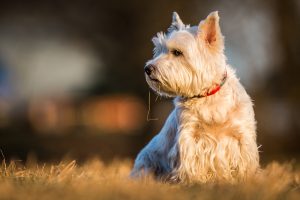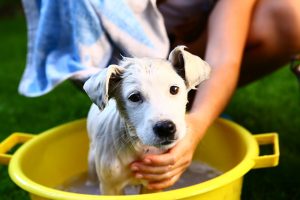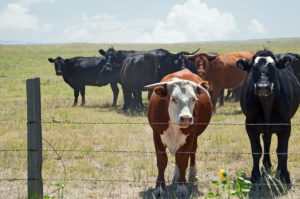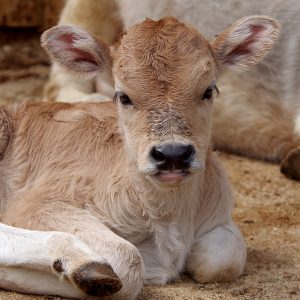You’ve heard of it, you knew it affected people, and you were even vaguely aware that it could affect your pet. But how does it happen? And most important, how can you help your pet avoid it? Heatstroke is a deadly disease that can kill your beloved companion, even with emergency treatment. The best way to avoid this terrible situation is prevention, and it’s all up to you.
Sun + humidity = heatstroke(and other factors that kill)
Everyone knows that the inside of a car on a hot summer’s day can be lethal. But Fido needs you to know more than that to keep him safe in the deadly sun. Days above 90 degrees, especially with high humidity, are inherently dangerous for your pet. Humidity interferes with animals’ ability to rid themselves of excess body heat. When we overheat we sweat, and when the sweat dries it takes excess heat with it. Our four-legged friends only perspire around their paws, which is not enough to cool the body. To rid themselves of excess heat, animals pant. Air moves through the nasal passages, which picks up excess heat from the body. As it is expelled through the mouth, the extra heat leaves along with it. Although this is a very efficient way to control body heat, it is severely limited in areas of high humidity or when the animal is in close quarters.
The shape of an animal’s nasal passages can contribute to an animal’s tendency to overheat. Brachiocephalic (pug-nosed) dogs are more prone to heatstroke because their nasal passages are smaller and it’s more difficult for them to circulate sufficient air for cooling. Overweight dogs are also more prone to overheating because their extra layers of fat act as insulation, which traps heat in their bodies and restricts their breathing capabilities. Age can also be a factor in an animal’s tendency to overheat–very young animals may not have a fully developed temperature regulating system, and older pets’ organ systems may not be functioning at 100 percent, leaving them prone to heat-related damage.
Cracking the windows doesn’t cut it
So where are the danger zones? The most obvious is your car: It can become a death trap even on a mild sunny day–and can insidiously raise the car’s temperature to well above 120 degrees! Never, ever leave your pet inside the car. If Fido can’t come with you when you get out of the car, leave him at home.
What are some other dangerous situations for your pets? Leaving animals outdoors without shelter is just as dangerous as leaving them inside a hot car. Be sure they are not left in a cage in the hot sun, on a chain in the backyard, or outdoors in a run without sufficient shade or air circulation.
Their lives are in your hands
Heatstroke is a medical emergency. If you suspect your pet has heatstroke, you must act quickly and calmly. Have someone call a veterinarian immediately. In the meantime, lower the animal’s body temperature by applying towels soaked in cool water to the hairless areas of the body. Often the pet will respond after only a few minutes of cooling, only to falter again with his temperature soaring back up or falling to well below what is normal. With this in mind, remember that it is imperative to get the animal to a veterinarian immediately. Once your pet is in the veterinarian’s care, treatment may include further cooling techniques, intravenous fluid therapy to counter shock, or medication to prevent or reverse brain damage.
Even with emergency treatment, heatstroke can be fatal. The best cure is prevention, and Fido and Fluffy are relying on you to keep them out of harm’s way. Summer does not have to be fraught with peril–with ample precaution, both you and your furry friends can enjoy those long, hot, dog-days of summer.
Signs of Heatstroke
- Panting
- Staring
- Anxious expression
- Refusal to obey commands
- Warm, dry skin
- High fever
- Rapid heartbeat
- Vomiting
- Collapse
Precautions to take if your pet lives outdoors
- Ensure adequate shelter from sun/midday heat
- Outdoor kennels should be well-ventilated and in the shade
- Provide plenty of fresh water in a bowl that cannot be tipped over
- Avoid excessive exercise on hot days
- Talk with your local veterinarian to determine if your long-haired Fido needs a summer haircut
Source: American Animal Hospital Association









